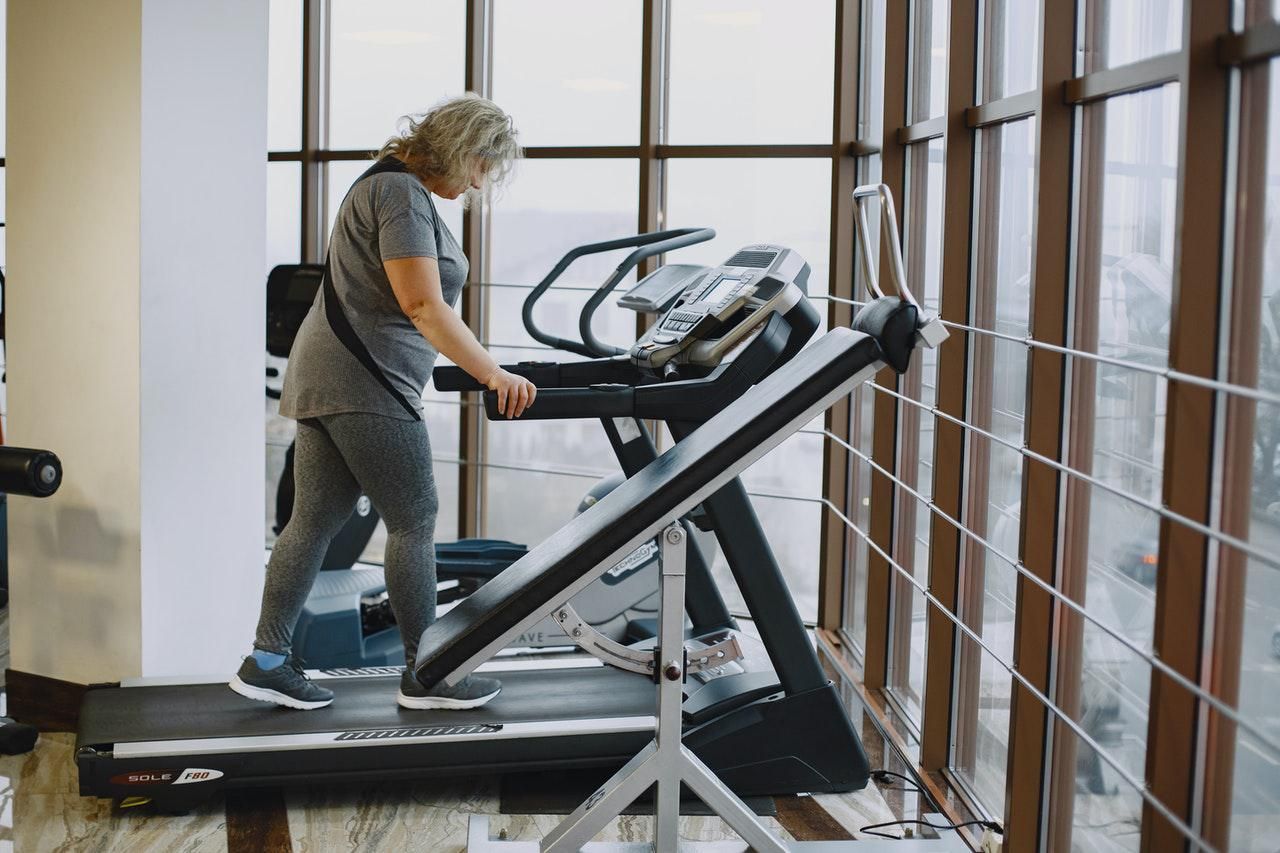If you’re a regular reader, you probably know that I think exercise is a cure-all for everything from a toothache to near-sightedness. (No, not exactly, but I do think it works wonders for us in so many ways, from improving our moods to promoting better sleep.)
And some might say I’m like a drill sergeant when it comes to exercise – it’s top on my list of my health non-negotiables.
That said, there ARE times when you should NOT exercise. Sometimes your body just needs as rest. Push yourself too hard, and you set yourself up for muscle strain, serious injury or even a heart attack or stroke. Go to the gym against your better judgment and you might end up with a compromised immune system.
From time to time everyone feels like they’d prefer anything – even a root canal – to exercising, after all. How do you figure out if you are just making excuses or if there are real legitimate reasons?
- If you have sudden dizziness, an irregular heartbeat, chest pain or unusual shortness of breath.
You can feel dizzy if there is not enough blood getting to your brain, heart or body tissues. It could be harmless - healthy people can experience temporary irregular heartbeats, chest pains or shortness of breath caused by a muscle cramp or shortness of breath - but it could also signal a serious cardiovascular problem like a heart attack.
- If you have chills, headache, severe muscle burning or aching, dizziness or blurred vision.
Heat stroke, a potentially fatal condition, can occur in extremely hot weather or even in a hot room. Once you stop exercising, wait to see if you feel better right away; if not, your body temperature may have gotten too high and you might need to seek medical attention to cool it down.
- If you feel pain or tenderness that doesn’t go away.
To protect yourself from getting an overuse injury (trust me; you don’t want one of these. Years ago I ignored what my body was telling me and ended up with really bad hip bursitis that sidelined me for a month) if you feel pain or tenderness, pack it in for the day. And then, take the next day (or two) off. Localized tenderness on one side of the body in a specific spot can injure a bone, tendon or ligament. When the pain or tenderness is completely gone, you can resume your regularly scheduled program.
- If you suffer from gastrointestinal symptoms such as nausea, vomiting or diarrhea
These can lead to dehydration, making you more prone to muscle cramps and spasms. Rehydrating the body can take several days. Drink at least a full glass of water with each meal and consider adding some extra salt to your food (but discuss this with your healthcare provider if you have high blood pressure). To prevent dehydration in the first place, sip small amounts of water often as you exercise; think about drinking up to a cup for each hour your work out.
- If you have chest congestion or tightness or a hacking cough with mucus.
Any of the “below the neck” symptoms of a cold should be a signal to stay away from exercise. Your breathing and lung capacity may be diminished, or you may have an infection in your airways. Besides, this is the type of sharing you don’t want to do with your neighbors.
Consider easing back on your workout if you:
- Feel your muscles "burn" as you exercise.
Lactic acid, a compound produced when your body breaks down carbs to use as energy, is necessary to increase muscle strength and endurance. But the longer you stay in this state of “burning” the longer it will take you to recover. As soon as you begin to feel the sensation, lower the intensity until the burn disappears, then gradually ease back to the intensity you desire. Repeat the process throughout the workout if the feeling continues.
- Have stiff, sore muscles the next day.
Delayed-onset muscle soreness (or DOMS) usually occurs anywhere from eight to 24 hours after an intense exercise session. Again, you need to ease back on your workout – not necessarily stop. Slow walking or cycling is better than full rest in this instance. Stay at this easier level for as many days as it takes the soreness to disappear. After that, you can go back to your harder more intense workouts.
- Have a sore throat.
It could be the sign of a bacterial strep infection. Although exercise can boost immunity, if you exercise too hard you can actually diminish it. There’s also a chance the infection could spread further down the respiratory tract if you continue to push yourself too hard.
- Are tired.
You could be tired because you’re stressed, or your fatigue can have a physical cause. If you’re mentally tired, exercise may be just the thing you need for a boost of energy. But if you’re physically exhausted, exercising could make you prone to injuries. It may be best to alter your expectations and scale back on your intensity in this case. Be kind to yourself; maybe this is the perfect day to skip your usual run and instead do some gentle yoga or Pilates.


